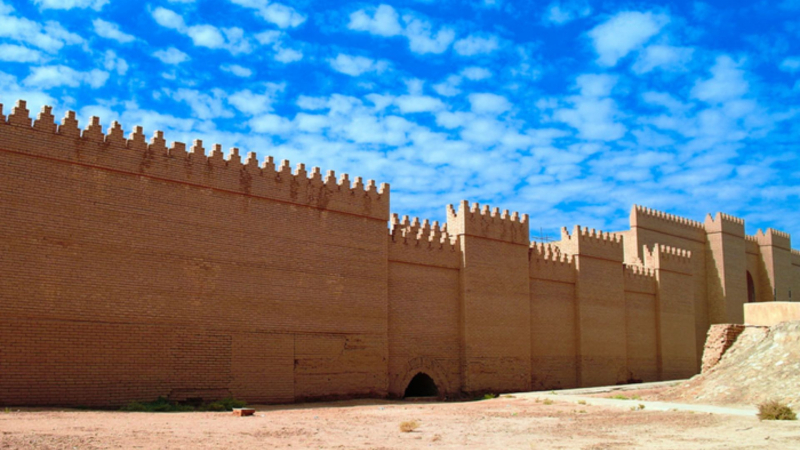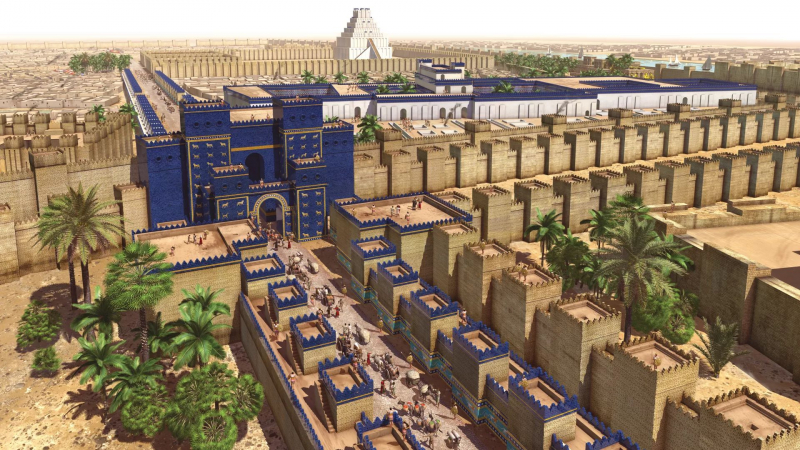The Walls Of Babylon
The Babylonian Empire saw a flourishing of art and architecture, particularly in the capital city of Babylon, which is also renowned for its impenetrable walls. It is also considered as one of the most important events in ancient Babylonia. King Nebuchadnezzar II constructed three walls around Babylon, each of which was over 80 feet tall, while King Hammurabi constructed defenses all around Babylonia to keep it safe from invasion. Their principal function was to protect the kingdom from outside attack, and up until Alexander the Great broke through them, they were renowned for being impenetrable. Unfortunately, just 4.6% of the three walls have been preserved.
The walls of Babylon were so substantial, according to the Greek historian Herodotus, that chariot races were conducted on top of them. The metropolis behind the walls covered an area of 200 square miles, which is comparable to the current size of Chicago. Three significant palaces were erected by Nebuchadnezzar II, and each was magnificently ornamented with blue and yellow glazed tiles. Additionally, he constructed a series of shrines, the biggest of which, known as Esagil, was devoted to Marduk. The shrine was almost as tall as a 26-story office building at 280 feet. The walls that surrounded and protected the entire area or, maybe more accurately, the area in which Babylon was located, were notable for their size. They were listed as one of the "world's seven wonders," along with the Hanging Gardens, and every account of them mentions how impressive their size and construction were.











